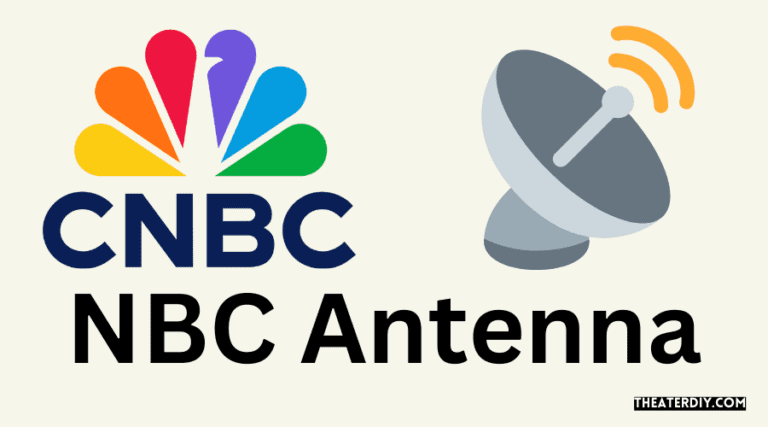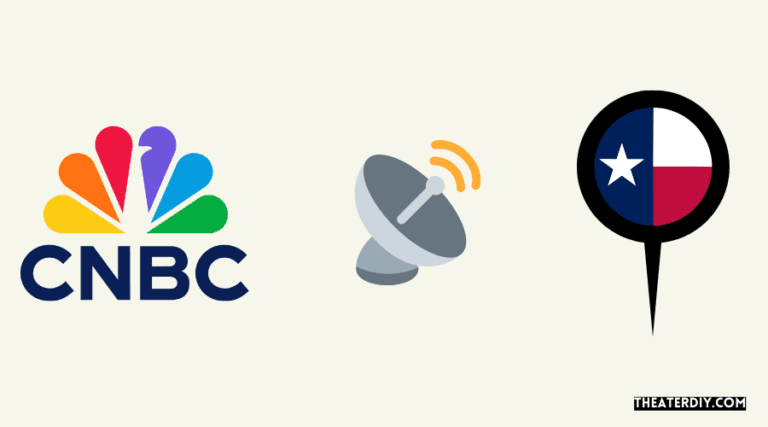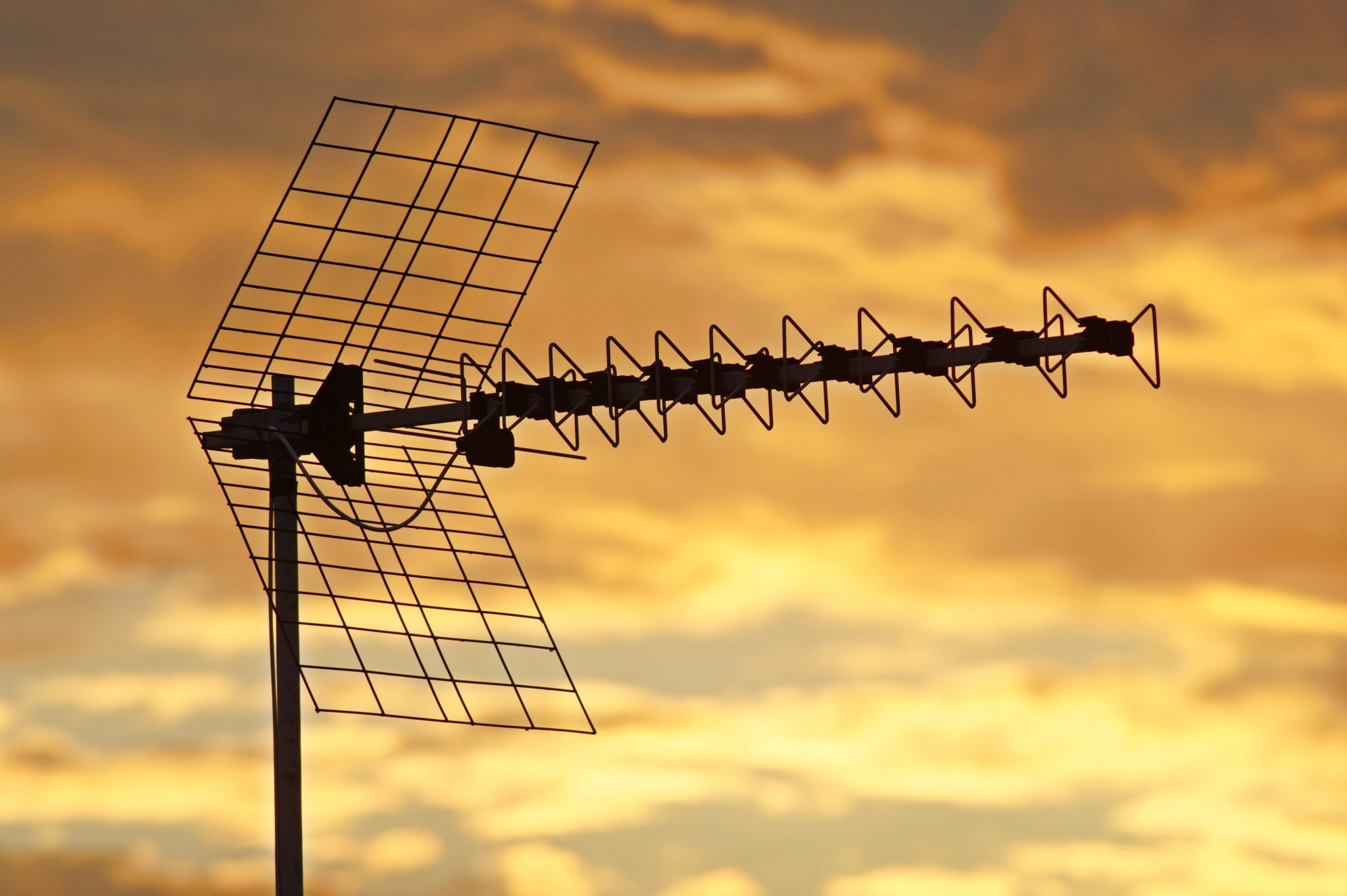Can I Get Nbc With Antenna

Imagine settling into your favorite armchair on a crisp evening, the aroma of freshly brewed coffee filling the air. You reach for the remote, eager to catch the latest episode of your favorite show on NBC. But instead of crystal-clear images, you're greeted with a snowy screen or a frustrating "no signal" message. Could a simple antenna be the answer to unlocking a world of free, over-the-air entertainment?
For many, the answer is a resounding yes. Using an antenna to receive NBC and other local channels is not only possible but also a surprisingly effective and cost-efficient alternative to cable or satellite subscriptions. This article explores how you can access NBC with an antenna, delving into the factors influencing signal reception, the types of antennas available, and the steps to set it all up, helping you potentially liberate yourself from hefty monthly bills and rediscover the charm of over-the-air broadcasting.
The Allure of Over-the-Air Broadcasting
Over-the-air (OTA) broadcasting, the traditional method of transmitting television signals, has seen a resurgence in recent years. Driven by advancements in digital technology and a growing desire to cut the cord, more and more people are turning to antennas to access free local channels. This return to simplicity offers a refreshing contrast to the complexities and escalating costs of modern subscription-based entertainment.
The beauty of OTA lies in its straightforwardness. Local broadcasters transmit their signals, and anyone within range with a compatible antenna can receive them. This means access to major networks like NBC, CBS, ABC, and Fox, along with a variety of subchannels offering diverse programming.
Why Consider an Antenna for NBC?
There are several compelling reasons to explore using an antenna for NBC. First and foremost, it's free. Once you've purchased the antenna, there are no monthly fees or contracts to worry about.
Secondly, OTA signals often provide superior picture quality compared to compressed cable or satellite feeds. Uncompressed HD broadcasts deliver a sharper, more vibrant viewing experience, bringing you closer to the action without the digital artifacts.
Finally, having an antenna ensures access to local news and emergency broadcasts, which can be crucial during severe weather events or other emergencies. It provides a reliable source of information when other communication channels may be disrupted.
Factors Affecting Antenna Reception
Successfully receiving NBC with an antenna depends on several factors. Understanding these variables is crucial for selecting the right antenna and optimizing its placement.
Distance from the Broadcast Tower: The closer you are to the broadcast tower, the stronger the signal will be. Websites like AntennaWeb.org and TVFool.com can help you determine the location and distance of broadcast towers in your area.
Terrain and Obstructions: Hills, trees, and buildings can all interfere with signal reception. Line of sight to the broadcast tower is ideal, but often not possible.
Antenna Type: Different antennas are designed for different signal strengths and reception patterns. Selecting the appropriate antenna type is essential for optimal performance.
Antenna Placement: The higher the antenna is placed, the better its chances of receiving a strong signal. Outdoor antennas typically perform better than indoor antennas.
Types of Antennas
The market offers a wide variety of antennas to suit different needs and environments.
Indoor Antennas: These are typically flat, compact antennas that can be placed on a window or wall. They are suitable for urban areas with strong signal strength.
Outdoor Antennas: Designed for maximum range and signal reception, outdoor antennas are mounted on a roof or mast. They are ideal for rural areas or locations with weak signal strength.
Attic Antennas: A compromise between indoor and outdoor antennas, attic antennas offer better performance than indoor antennas while being protected from the elements.
Amplified Antennas: These antennas include a built-in amplifier to boost weak signals. They can be helpful in areas with marginal signal strength, but over-amplification can also degrade signal quality.
Setting Up Your Antenna for NBC
Setting up an antenna for NBC is a relatively simple process.
1. Determine Signal Strength: Use a website like AntennaWeb.org to identify the location of broadcast towers in your area and estimate signal strength for NBC.
2. Choose the Right Antenna: Based on signal strength and location, select an appropriate antenna type (indoor, outdoor, or attic).
3. Install the Antenna: Follow the manufacturer's instructions to install the antenna. For outdoor antennas, safety is paramount. Consider hiring a professional installer if you're not comfortable working at heights.
4. Connect the Antenna to Your TV: Connect the antenna's coaxial cable to the antenna input on your television.
5. Scan for Channels: Use your TV's menu to scan for available channels. This process will identify and save all the over-the-air channels within range, including NBC.
6. Optimize Antenna Placement: Experiment with antenna placement to maximize signal strength. Small adjustments can make a big difference.
Troubleshooting Common Issues
Even with the best setup, you may encounter occasional issues with antenna reception.
Weak Signal: Try repositioning the antenna, using an amplified antenna, or upgrading to a larger outdoor antenna.
Interference: Identify potential sources of interference, such as electronic devices or metal objects, and move them away from the antenna.
Multipath Distortion: This occurs when the signal bounces off objects, creating ghosting or distortion. Try adjusting the antenna's direction to minimize reflections.
Rescan Channels: Periodically rescan for channels to ensure you're receiving the latest broadcast signals.
The Future of Over-the-Air Broadcasting
Over-the-air broadcasting continues to evolve, with new technologies and services emerging. The advent of ATSC 3.0, also known as NextGen TV, promises even higher resolution, better audio quality, and interactive features.
ATSC 3.0 enables broadcasters to deliver 4K Ultra HD content, immersive audio, and personalized advertising. It also supports improved emergency alerting systems.
While the rollout of ATSC 3.0 is still underway, it represents a significant step forward for over-the-air broadcasting, positioning it as a viable and competitive alternative to traditional cable and satellite services. This next-generation technology could further incentivize cord-cutting and solidify the relevance of antennas in the modern entertainment landscape.
Embracing the Simplicity of Free TV
In a world of ever-increasing subscription costs and digital complexities, the simple act of tuning into NBC with an antenna can be a surprisingly rewarding experience. It's a reminder that quality entertainment doesn't always have to come at a premium.
By understanding the factors influencing signal reception, selecting the right antenna, and taking the time to optimize its placement, you can unlock a world of free, over-the-air programming. So, go ahead, explore the possibilities. You might just discover the joy of rediscovering free TV.


















